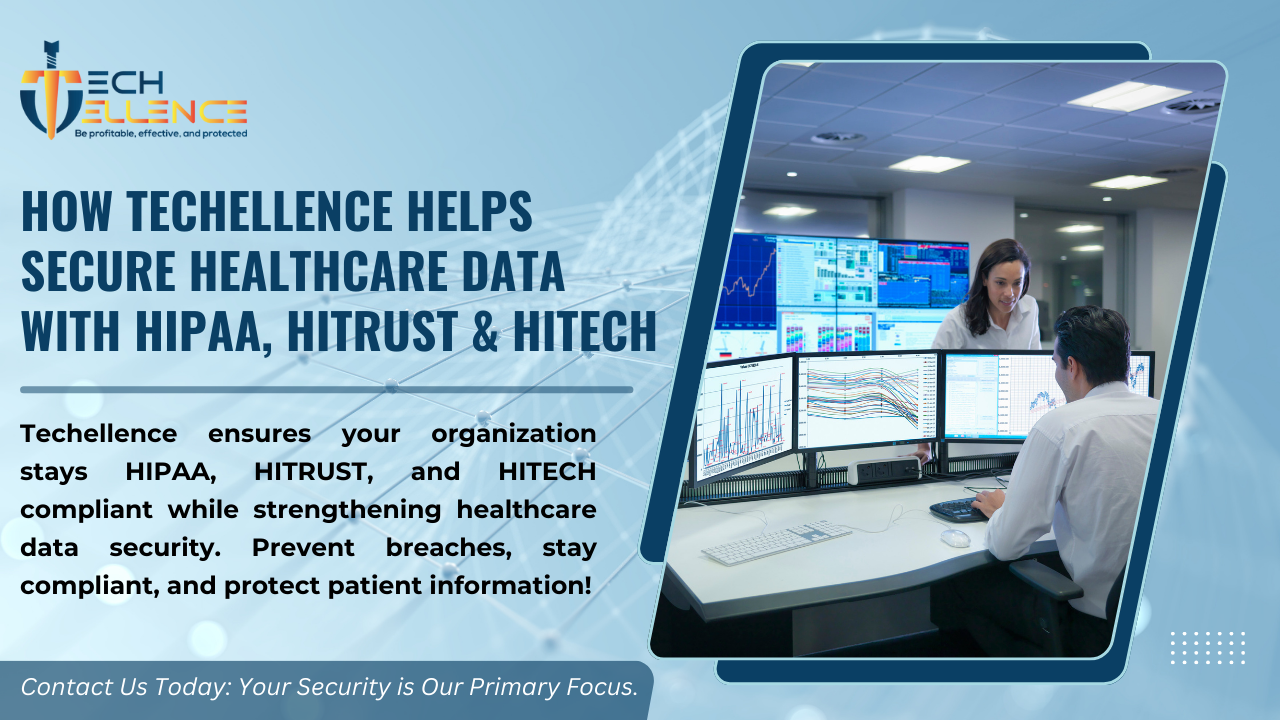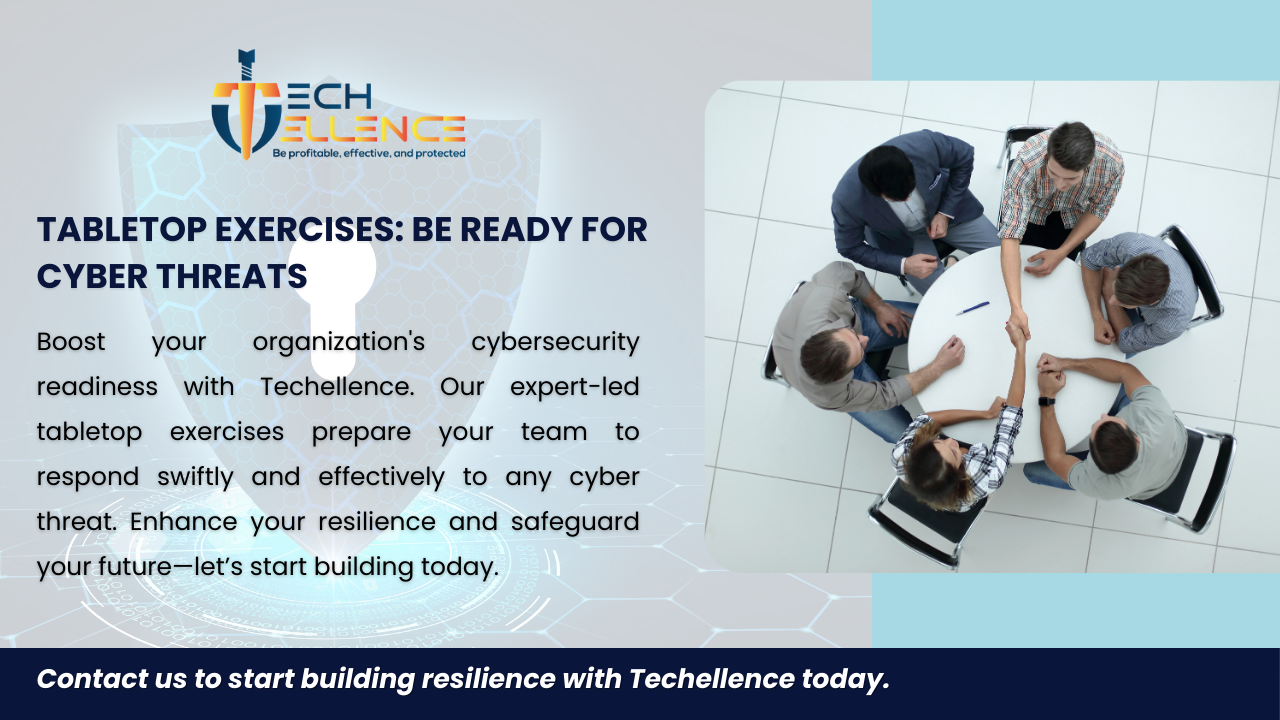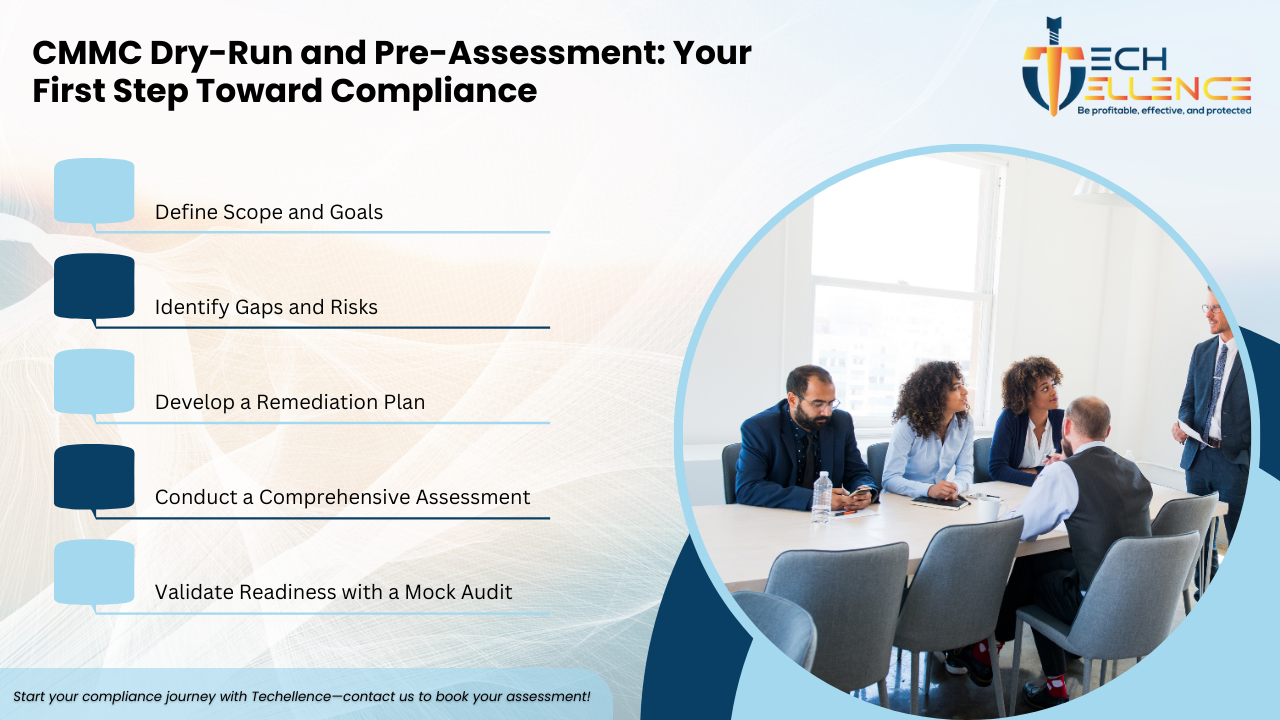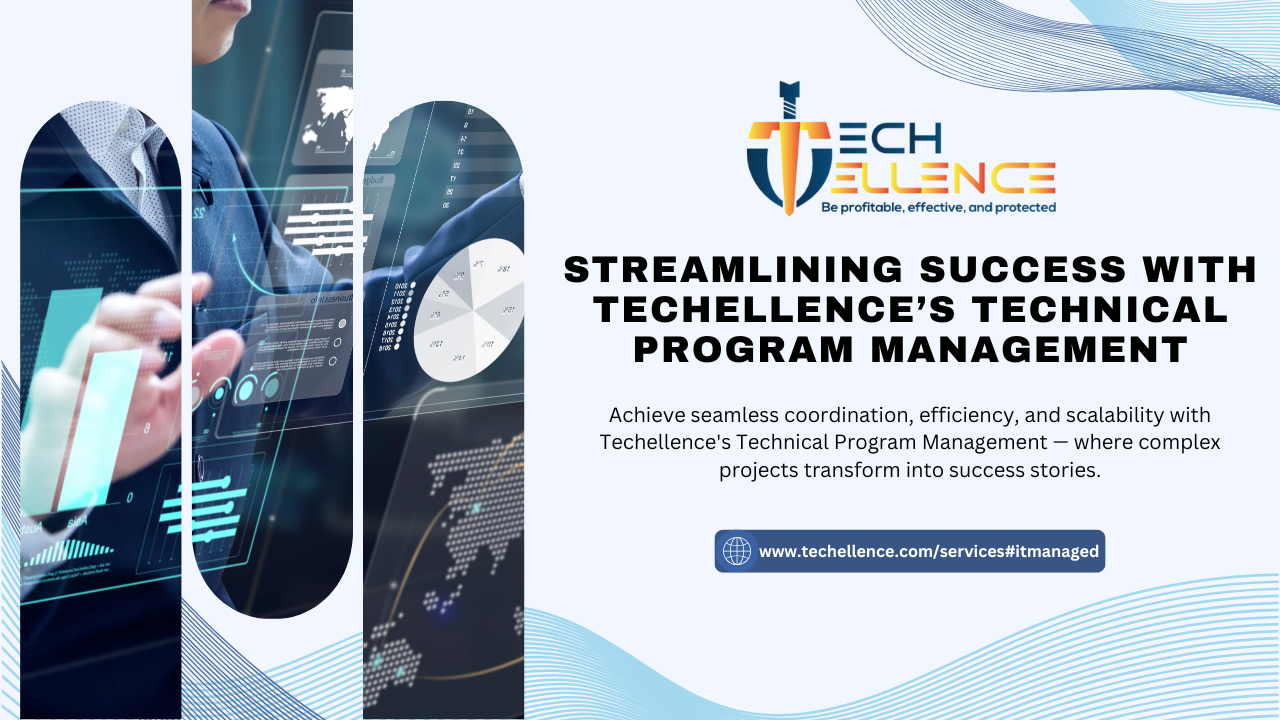Your Complete Guide to CMMC 2.0: How to Prepare for 2025 and Beyond

As cybersecurity threats continue to evolve, so too must the measures taken by organizations to safeguard sensitive data. The Department of Defense’s (DoD) Cybersecurity Maturity Model Certification (CMMC) is set to become a crucial part of the defense industry’s cybersecurity landscape in 2025. CMMC 2.0 simplifies and streamlines compliance requirements while still enforcing rigorous standards to ensure the protection of Controlled Unclassified Information (CUI) and Federal Contract Information (FCI). As a defense contractor, compliance with CMMC is no longer optional—it’s necessary for securing future government contracts.
This guide will walk you through everything you need to know about CMMC 2.0, from its key changes to the steps you should take today to ensure your organization is ready for full implementation in 2025. At Techellence, we specialize in cybersecurity consulting and can assist in guiding you through the process of CMMC 2.0 compliance.
What Is CMMC 2.0 and Why Is It Critical for Your Business in 2025?
CMMC was introduced by the DoD to improve the cybersecurity posture of its supply chain by enforcing stringent security measures across the entire defense contracting ecosystem. CMMC 2.0 is an updated version of the original model that simplifies its structure and aligns more closely with existing cybersecurity standards like NIST SP 800-171.
The goal of CMMC 2.0 is to ensure that contractors handling sensitive data can safeguard that information against increasing cyber threats. With cyberattacks becoming more sophisticated, ensuring compliance with these standards is essential not only for protecting national security but also for protecting your organization’s reputation and market position.
For contractors, CMMC compliance is now a requirement to do business with the DoD. As of 2025, the DoD will be enforcing CMMC compliance as part of contract requirements. Without certification, your organization may be ineligible to bid for defense contracts, making this certification an urgent matter for businesses in the defense sector.
Key Changes and Key Features in CMMC 2.0: What You Need to Know
CMMC 2.0 introduces several key changes from the original version, which will impact your approach to compliance. Below are the most important updates that businesses must understand to stay on track for 2025.
-
Simplified Structure with Three Compliance Levels
-
Level 1: Basic Cyber Hygiene
- is designed for small businesses or contractors handling Federal Contract Information (FCI) and requires basic cybersecurity practices, such as ensuring strong passwords and implementing multi-factor authentication (MFA). Organizations at this level must implement 17 essential practices but do not need to undergo a third-party assessment. -
Level 2: Protecting Controlled Unclassified Information (CUI)
- is focused on organizations that handle CUI, which includes sensitive defense data. It aligns closely with NIST SP 800-171 and requires 110 security controls to protect that information. This level is where most companies will fall, particularly those working on sensitive DoD contracts. -
Level 3: Advanced Cybersecurity Practices for High-Risk Systems
- requires companies to implement robust security practices aligned with NIST SP 800-53, which is a more comprehensive and stringent framework. This level is for organizations that need to protect highly sensitive systems and data against advanced, persistent threats. -
Third-Party Assessments and Certification Requirements
Under CMMC 2.0, businesses at Level 2 and Level 3 must undergo a third-party assessment by Certified Third-Party Assessor Organizations (C3PAOs). This independent audit will verify whether your organization meets the required security controls. Level 1 organizations will not require an assessment but must still perform self-assessments to ensure compliance. -
Phased Implementation of CMMC in DoD Contracts
By Q2 2025, the DoD will begin integrating CMMC requirements into contracts, with a gradual roll-out. CMMC will be incorporated into new contracts first, and older contracts will be updated in phases. Contractors need to be aware that as early as December 2024, the new rules will become effective, and businesses will need to be prepared for audits and assessments.
Step-by-Step Guide: How to Prepare for CMMC 2.0 Compliance by 2025
Given the changes in CMMC 2.0, now is the time to start preparing your organization. It’s essential to start early to avoid last-minute rushes and to ensure you’re fully compliant before the 2025 deadline. Here’s a step-by-step breakdown of the preparation process:
1. Conduct a Comprehensive Gap Analysis
A gap analysis is the foundational step in your CMMC compliance journey. You need to evaluate your current cybersecurity practices against the specific requirements for the CMMC level that applies to your business. If you already follow NIST SP 800-171, you may be ahead of the game, but you still need to verify that every control is fully implemented.
Key questions to ask during a gap analysis include:
-
Are all cybersecurity practices documented and up to date?
-
Does your organization currently implement controls like encryption, MFA, or system monitoring?
-
Are there gaps between what you currently do and what CMMC 2.0 requires for your level?
By conducting a thorough gap analysis, you’ll have a clear understanding of where you stand and what actions are needed.
2. Create a Remediation and Implementation Plan
After identifying any gaps, develop a detailed remediation plan that outlines the necessary actions to address deficiencies. This plan should prioritize controls based on risk and potential impact. For example:
-
Priority 1 (Critical Controls): Multi-factor authentication, encryption, network segmentation.
-
Priority 2 (Important Controls): User training programs, incident response planning, vulnerability management.
Ensure that each remediation step is assigned to the appropriate team members, with timelines and resources allocated to each task.
3. Establish Robust Documentation and Record-Keeping
Documentation plays a vital role in proving compliance during third-party assessments. Create and maintain the following key documents:
-
System Security Plans (SSPs): These plans describe the security measures in place for each system and show how they align with CMMC requirements.
-
Incident Response Plans (IRPs): These plans guide your response to potential cybersecurity incidents and help minimize damage in the event of a breach.
-
Plans of Actions and Milestones (POA&Ms): These documents track any deficiencies and outline the steps for remediation.
Keeping these documents updated ensures that you can easily demonstrate compliance when assessed.
4. Train Your Workforce and Foster a Cybersecurity Culture
One of the most overlooked yet critical aspects of cybersecurity is training your employees. Human error is often the root cause of security breaches, so regular training is essential. Ensure your employees are well-versed in:
-
Password management practices.
-
Phishing awareness and email security.
-
Reporting security incidents and suspicious activities.
Consider conducting periodic refresher courses and cybersecurity awareness campaigns to ensure that security practices become ingrained in your company culture.
5. Stay Informed on CMMC Updates and Changes
The DoD may introduce further clarifications or updates as CMMC 2.0 is rolled out. Stay informed by regularly checking for updates to the CMMC framework, especially regarding assessment procedures, deadlines, and the phased implementation timeline for DoD contracts.
How Techellence Can Help Your Organization Achieve CMMC 2.0 Compliance
At Techellence, we specialize in cybersecurity consulting and can help guide your business through every step of the CMMC 2.0 compliance process. Our services include:
-
Gap Analysis: A detailed assessment of your current cybersecurity practices against CMMC requirements.
-
Remediation Strategy: Tailored plans to close compliance gaps and meet CMMC 2.0 standards.
-
Documentation Assistance: Help in creating and maintaining necessary compliance documentation, including SSPs and IRPs.
-
Employee Training Programs: Custom training solutions to boost cybersecurity awareness across your workforce.
-
Ongoing Support and Consulting: Continuous support as CMMC evolves, ensuring your organization stays compliant year after year.
Conclusion:
CMMC 2.0 represents a significant shift in how defense contractors handle cybersecurity, but with proper planning, it is entirely achievable. Preparing now will give your organization a competitive edge and ensure that you are well-positioned to meet the DoD’s stringent security standards when CMMC becomes a mandatory part of contracting in 2025.
By following these steps and partnering with Techellence, you can streamline your path to compliance, safeguard your data, and secure your future in the defense sector. Let’s work together to ensure your organization is fully prepared for CMMC 2.0 and the opportunities it brings.




.png)













.png)





.png)

.png)
.png)
.png)

